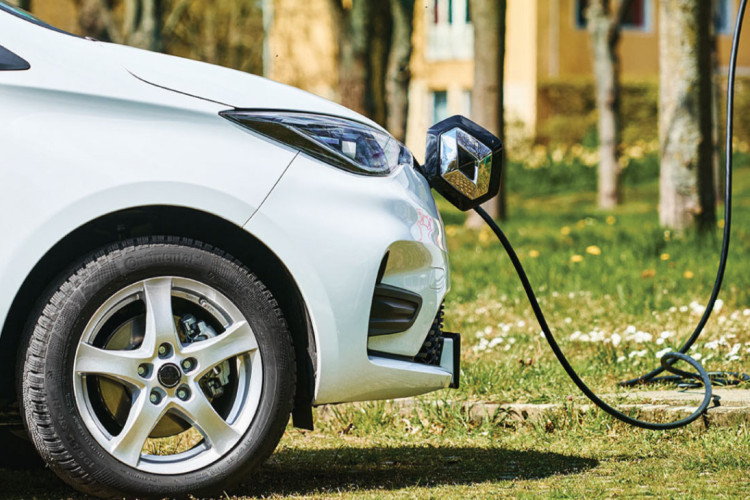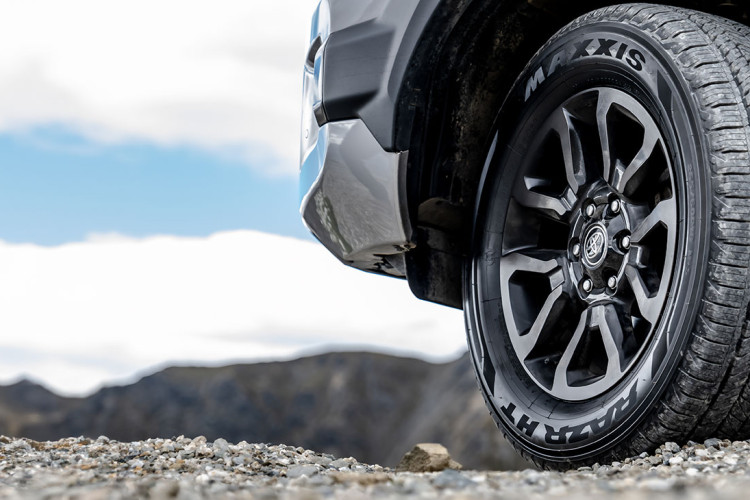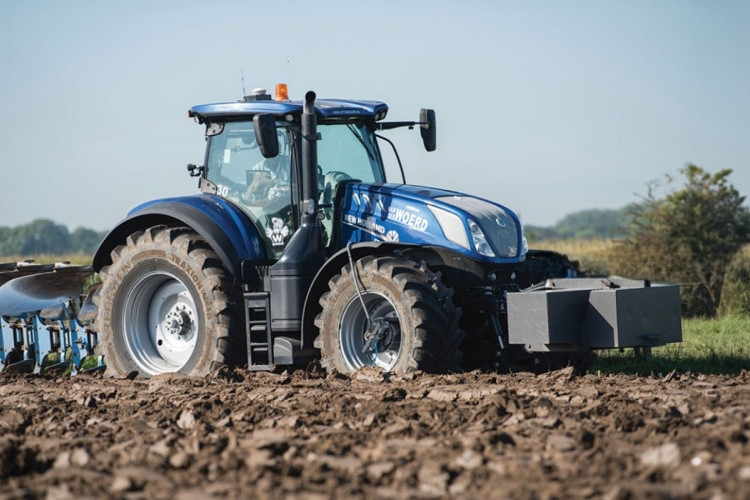Driving to save fuel
Not so long ago a new Guiness World Record was set. The record was for driving the greatest distance on a single tank of fuel. The total distance covered was 1865 kilometres and the route took the team to some 14 different countries.
We know what you’re thinking... how come nipping out to the Four Square and back crushes a quarter of a tank then? Well, there’s no easy way to say this... it’s how you’re driving. Okay, it’s a little more than that. But your driving style does have a lot to do with it. Honest.
Of course, driving is supposed to be fun so you may not want to take heed of all that follows. Doing so will make your trips as dull as dishwater. Pick and choose what you think is appropriate. Or just try and remember some of it for when the dreaded warning light comes on and you find yourself halfway down a gravel road in the back blocks.
Here we go. Buckle your seatbelt as you’re in for a... very considered and smooth ride…
1. Accelerate slowly.
You need a ‘light right’. A smooth and steady acceleration, gradually increasing speed, means you need less juice to power your forward momentum. Racing away from a fictitious starting line will not save fuel.
2. Steady does it.
You may have heard it bandied around that 90km/hr is the optimum speed to be travelling at for fuel economy. This is based on the old fuel consumption testing speeds and no longer applies. Typically, most newer cars will achieve their best fuel economy between 72km/hr and 80km/hr. That said, it all depends on driving conditions and the make and model of your car. If you have a fuel consumption gauge in your car, use that to see what the optimum speed is for fuel economy.
3. Lowest speed, highest gear.
If you don’t have a fuel consumption gauge and drive a manual, then go for the lowest speed in the highest gear. This will normally provide you with maximum fuel economy.
4. Anticipate Traffic.
Keep an eye open on the road ahead. If you can anticipate the flow of traffic then there’s a better chance of coasting along at the same speed.
5. Coast to decelerate
Using your brakes costs you forward momentum. Which means you’ll need to hit the gas to regain speed again. Coasting to slow down will reduce the burden a bit.
6. Check your tyre pressure.
Did your guess this one was coming? Yup - a correctly inflated tyre will roll more efficiently. If a tyre is underinflated it can’t take the weight of the car as it should and will create extra friction and require more fuel to cover the same amount of distance. Meanwhile overinflated tyres will mean potentially dangerous loss of traction. Find out your correct tyre pressure and check your tyres on a regular basis. For more info see our post on Tyre Pressure.
7. Remove unnecessary weight.
Have you been traipsing around with a set of golf clubs in your trunk, even though they’ve not seen the putting green for months? You wouldn’t be the only one. Lightening the load is a good thing and whilst we advocate keeping an emergency kit in your vehicle, that does not mean you need to be prepared for the zombie apocalypse.
8. Remove roof and bike racks.
Wind drag and weight from these will not help your cause.
9. Ration the air condititioning.
It may make you unpleasant to be around but if fuel economy is what it's all about, then this will actually help. Be mindful though, others may not appreciate your frugalness if you smell like you’ve just got out of the bush after the roar.
10. Map out your route.
Planning ahead to avoid missteps in getting to your destination can help. Most modern GPS units (as well as good old Google Maps on your phone) will give you an option for the shortest distance to get to a destination or the fastest route. Choose wisely.
11. Take control.
Cruise control is ideal is perfect for making you that nice even driver that never accidentally slows down or speeds up. But unless you're driving on a nice flat road, cruise control may not help your fuel economy. Stay in control yourself.
12. Combine Journeys.
A warm engine provides better fuel returns, so where you can, combine your journeys.
Now that’s a lot to be mindful of. It’ll help, for sure. But you need to weigh up how much you want to save in fuel versus how much of a chore you want driving to become. It’s all too easy to take things to extremes (like people into hypermiling. You can Google that - we want no part of it). The only extreme we advocate is safety.

More tips and articles

Tyres for Electric Vehicles

Product Spotlight:
Maxxis HT780 RAZR HT

